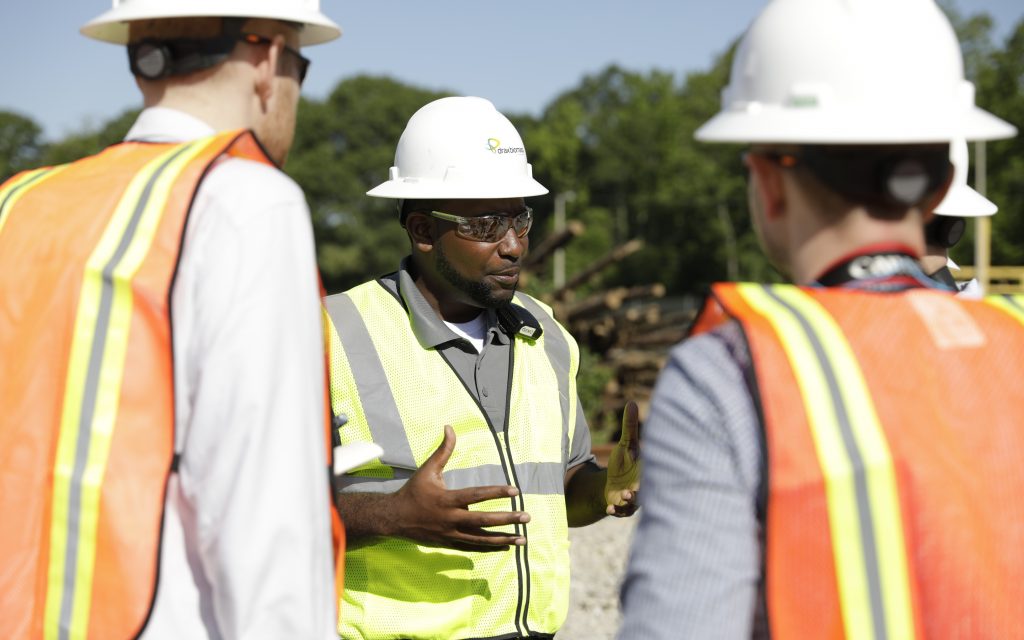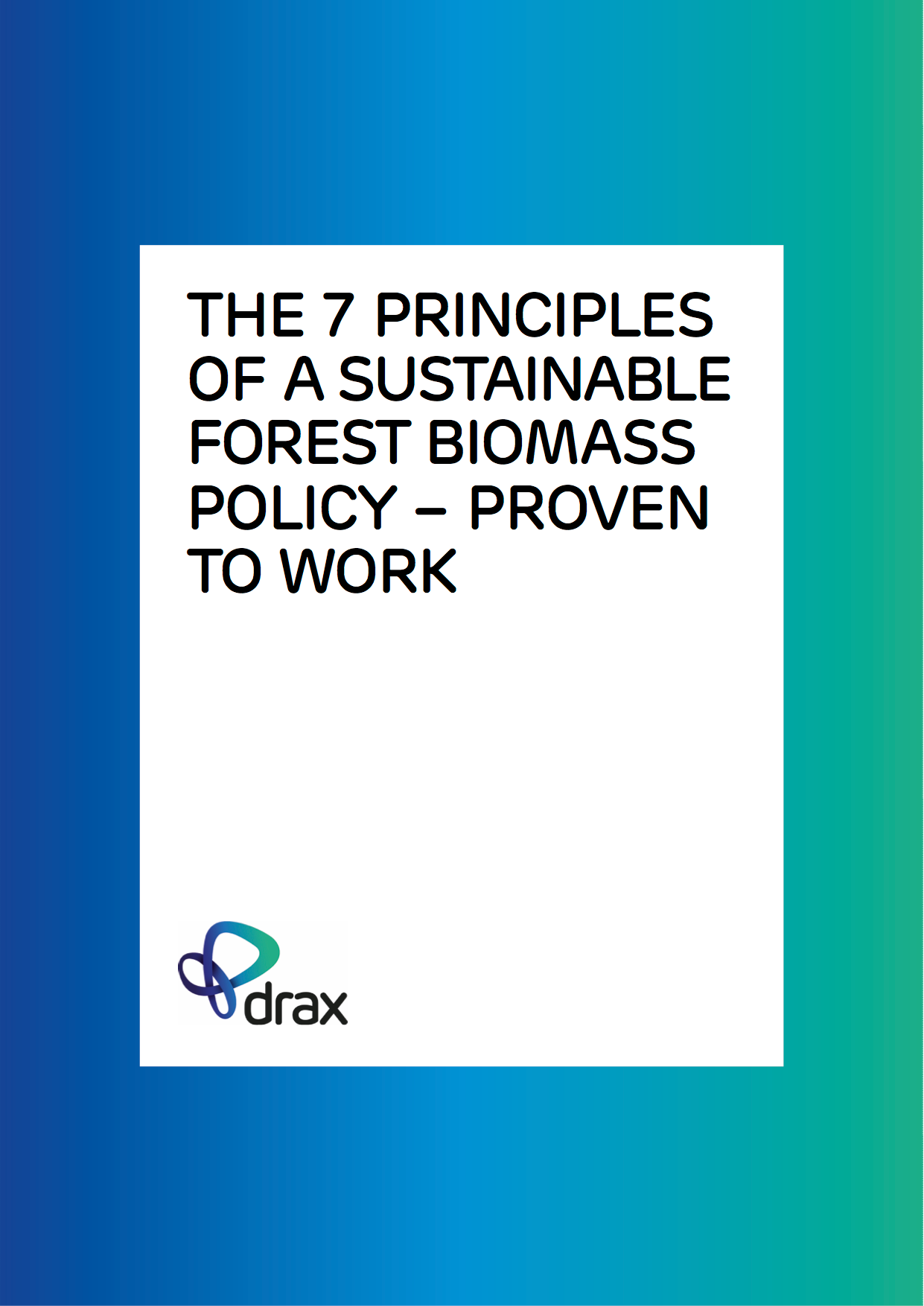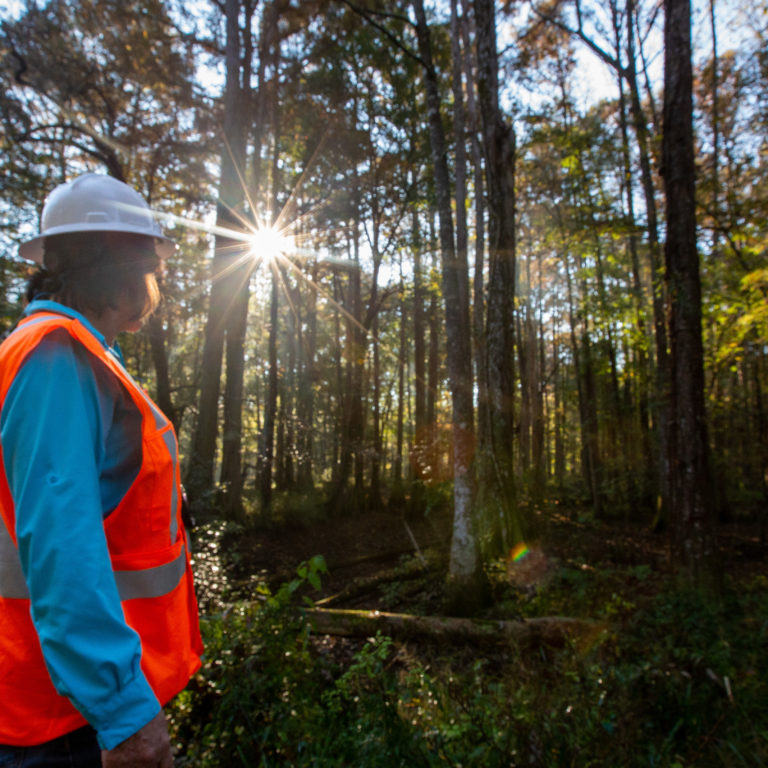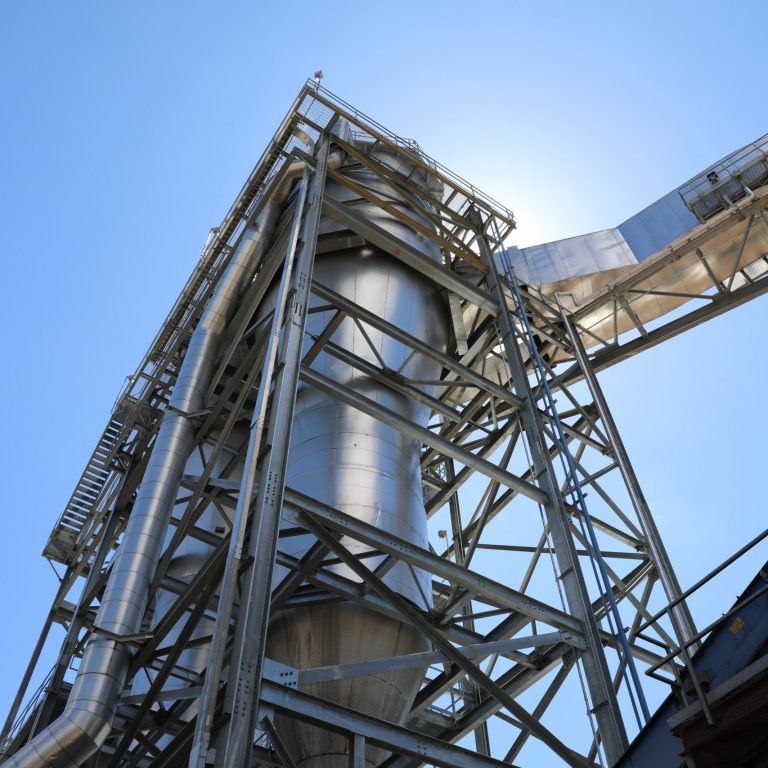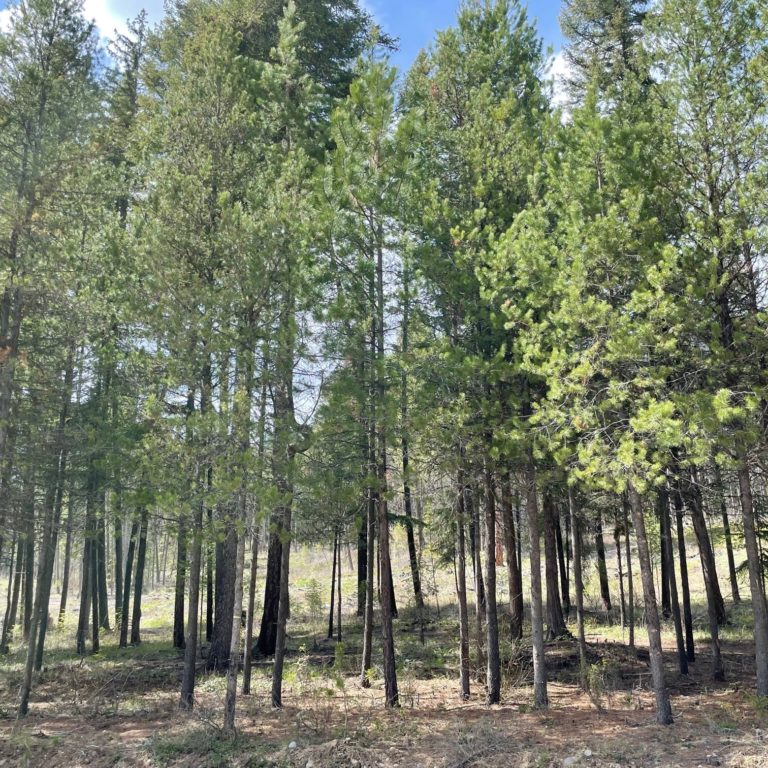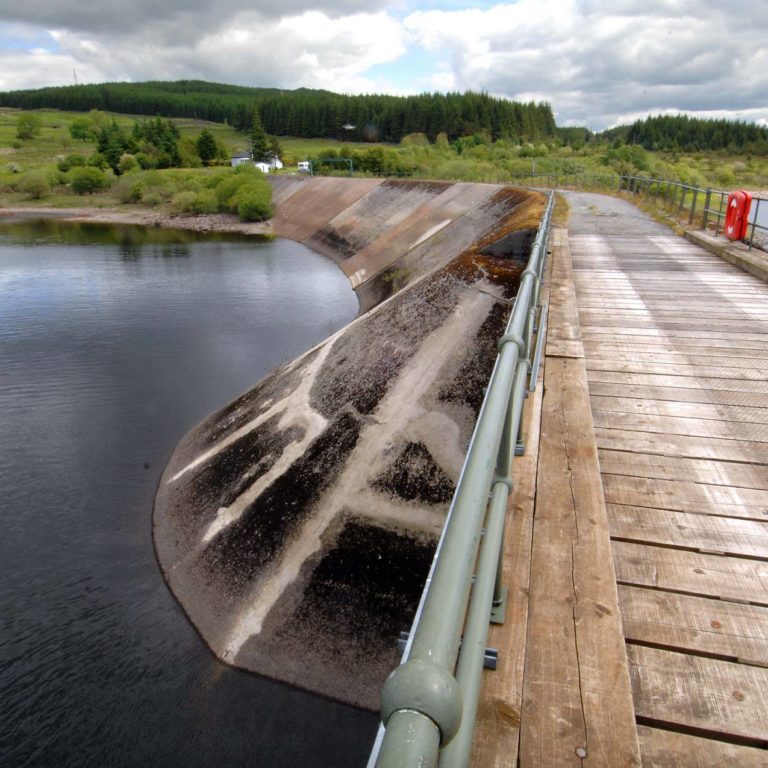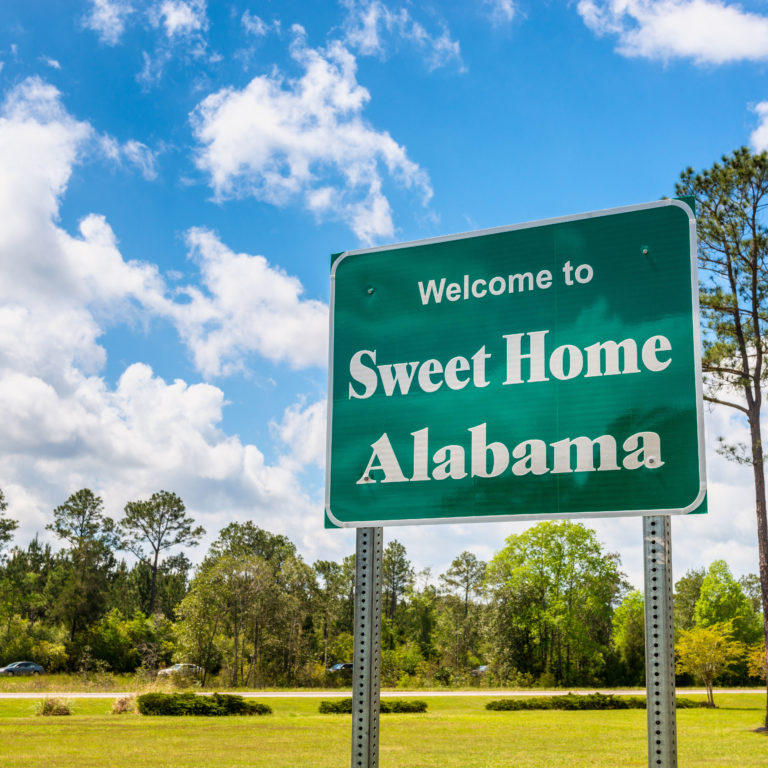One of the most interesting outcomes of the recent analysis from the UK’s Forest Research (FR) agency on the Carbon Impact of Biomass (CIB) is the call for regulation to ensure better forest management and appropriate utilisation of materials.
The research was commissioned by the European Climate Foundation (ECF) to follow up FR’s mighty tome from 2015 of the same name.
This new piece of work essentially aims to clarify the findings of the initial research with supplementary analysis to address 3 key areas:
- A comparison of scenarios that may give relatively higher or lower GHG reductions — in simple terms, providing examples of both good and bad biomass.
- Based on the above, the report “provides a statement of the risks associated with EU bioenergy policy, both with and without specific measures to ensure sustainable supply.”
- It then goes on to “provide a practical set of sustainability criteria to ensure that those bio feedstocks used to meet EU bioenergy goals deliver GHG reductions”.
Not surprisingly, the report finds that unconstrained and unregulated use of biomass could lead to poor GHG emission results, even net emissions rather than removals. This, again, is a no-brainer. No reasonably minded person, even the most ardent bio-energy advocate, would suggest that biomass use should be unconstrained and unregulated.
There are plenty of obvious scenarios where biomass use would be bad, but that doesn’t mean that ANY use of biomass is bad. Thankfully this analysis takes a balanced view and identifies a number of scenarios where the use of biomass delivers substantial GHG emission reductions.
The report identifies the use of forest and industrial residues and small/early thinnings as delivering a significant decrease in GHG emissions, this is characterised as “good biomass” — around 75% of Drax’s 2017 feedstock falls into these feedstock categories (including some waste materials).

The remainder of Drax’s 2017 feedstock was made up of low grade roundwood produced as a bi-product of harvesting for saw-timber production. This feedstock was not specifically modelled in the analysis, but the report concludes that biomass users should: Strongly favour the supply of forest bioenergy as a by-product of wood harvesting for the supply of long-lived material wood products. The low grade roundwood used by Drax falls into this category.
Among the more obvious suggested requirements are that biomass should not cause deforestation and that biomass associated with ‘appropriate’ afforestation should be favoured. Agreed.
Another interesting recommendation is that biomass should be associated with supply regions where the forest growing stock is being preserved or increased, improving growth rates and productivity. Drax absolutely supports this view and we have talked for some time about the importance of healthy market demand to generate investment in forest management, encourage thinning and tree improvement.
Timber markets in the US South have lead to a doubling of the forest inventory over the last 70 years. These markets also provide jobs and help communities and ensure that forests stay as forest rather than being converted to other land uses.
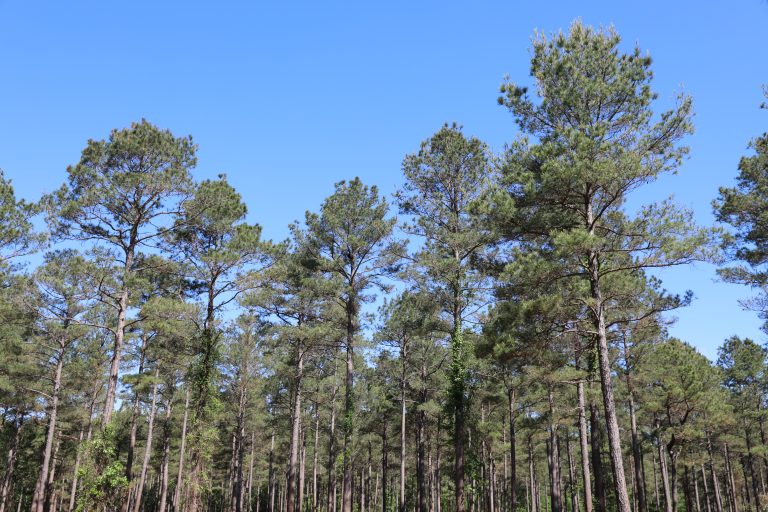
The importance of thinning, as a silvicultural tool to improve the quality of the final crop and increase saw-timber production, is recognised by Forest Research. This is an import step in accepting that some biomass in the form of small whole trees can be very beneficial for the forest and carbon stock but also in displacing fossil fuel emissions.
The forest resource of the US South is massive, it stretches for more than a thousand miles from the coast of the Carolinas to the edge of West Texas, a forest area of 83 million ha (that’s more than 3 times the size of the UK). Given that a wood processing mill typically has a catchment area of around a 40–50-mile radius, imagine the number of markets required for low grade material to service that entire forest resource!
So, what happens when there isn’t a market near your forest, or the markets close? Over the last 20 years more than 30 million tonnes of annual demand for low grade timber — thinnings and pulpwood — has been lost from the market in the US South as the paper and board mills struggled after the recession. What happens to the forest owner? They stop harvesting, stop thinning, stop managing their forest. And that reduces the rate of growth, reduces carbon sequestration and reduces the quantity of saw-timber that can be produced in the future. Recognising that biomass has provided essential markets for forest owners of the US South, and directly contributed to better forest management is a really important step.
The CIB report talks about different types of biomass feedstock like stumps, which Drax does not use. Conversely the report also identifies good sources of biomass which should be used such as post-consumer waste, which Drax agrees would be better utilised for energy where possible, rather than land fill. It also shows that industrial processing residues that would otherwise be wasted and forest residues that would be burnt on site or left to rot would deliver carbon savings when used by facilities like Drax.
All of these criteria are similar to those outlined in the 7 principles of sustainable biomass that Drax has suggested should be followed.
Among the other recommendations which echo Drax’s thinking are that biomass should not use saw-timber or displace material wood markets, the scale should be appropriate to the long term sustainable yield potential of the forest — it should be noted that harvesting levels in the US South are currently only at around 57% of the total annual growth.
Counterfactual modelling, like that used in this report, cannot take account of all real-world variables and must be based on generic assumptions so should not be used in isolation, but this report makes a very useful contribution to a complex debate.
It is possible to broadly define good and bad biomass and to look at fibre baskets like the US south and see a substantial surplus of sustainable wood fibre being harvested a rate far below the sustainable yield potential.
Drax is currently working with the authors of this report, and others in the academic world, to develop the thinking on forest carbon issues and to ensure that all biomass use is sustainable and achieves genuine GHG emission reductions.








